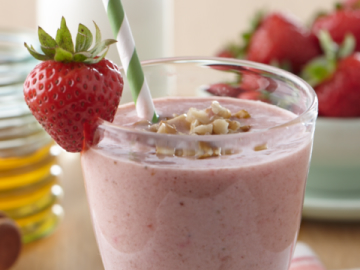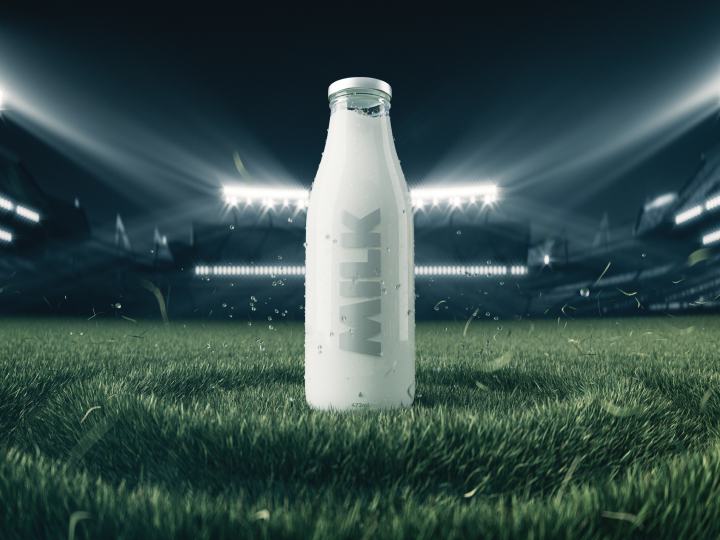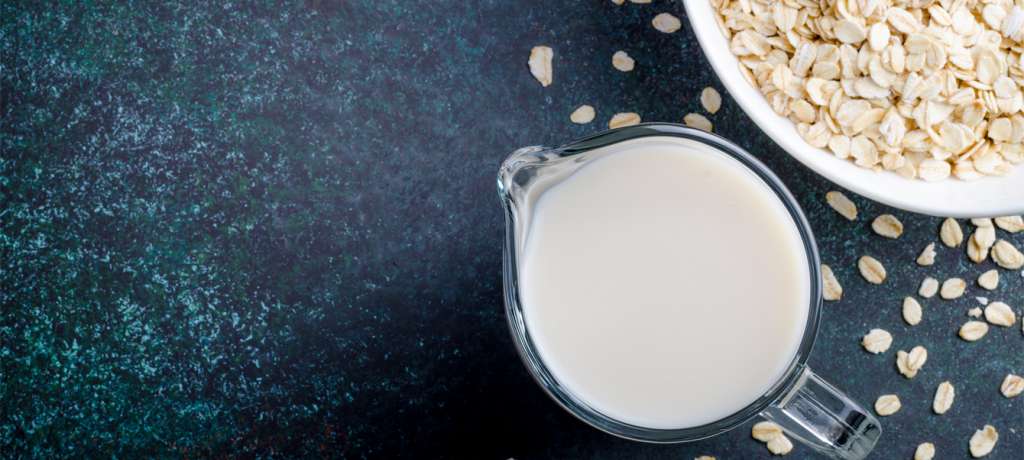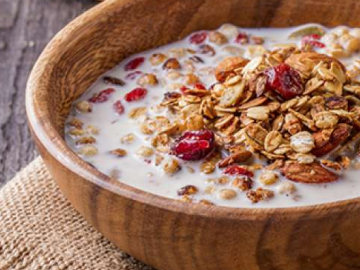Milk Vs. Non-Dairy Milks
Milk is milk. Or is it? These days, you can walk down your grocery aisles and find many different non-dairy milk options. You may wonder, “Are these non-dairy milk alternatives providing the nutrients my family needs for good nutrition?”
When it comes to plant-based, non-dairy milks—like almond, rice, soy, coconut or hemp milk—many people don’t realize these beverages don’t have the same naturally occurring nutrients as real, dairy milk.1 In fact, research presented at the 2023 American Society of Nutrition annual meeting found that of 200 plant-based alternatives analyzed, 88% had less calcium, vitamin D and protein than dairy milk. In some cases where milk alternatives or other foods provide similar levels of calcium, research show that regularly substituting them for real dairy milk can lead to gaps in protein and other key nutrients like potassium, magnesium, and vitamins A, D and B12.
Look at the Label: Not All Non-Dairy Milks Have the Same Nutrients as Real Milk
Real dairy milk’s ingredient list is short—simply milk and vitamins D and A. Compare milk with some non-dairy milks, and the list can be much longer. In fact, many non-dairy milk options have 10 or more added ingredients, including salt, sugar, stabilizers, sunflower lecithin, gellan gum, zinc gluconate, calcium carbonate, vitamin E acetate, vitamin B12, vitamin D2 and emulsifiers like locust bean gum.
Dairy milk is naturally nutrient rich. It’s also a powerhouse that provides essential nutrients, including calcium, vitamin D and potassium. These are important nutrients to incorporate into your diet, because they are three of the four nutrients many Americans—including children—often are lacking in their diets as described by the Dietary Guidelines for Americans.
Leading health organizations2 recently developed beverage recommendations for young children, including that dairy milk should be one of the go-to beverages for children ages 2-5 especially. Adding dairy milk to meals, either in a glass or to your family’s favorite recipes, is a simple way to increase both your and your kids’ intake of these important nutrients.
The beverage recommendations further state that plant-based/non-dairy milks are among beverages recommended for young children ages 5 and under to avoid (unless they are unable to have dairy due to a milk allergy or a vegan lifestyle), as many of them not only lack key nutrients found in dairy milk, but those nutrients also may not be absorbed as easily by our bodies.
Some other differences between real milk and non-dairy milk options include:
Protein: Dairy milk contains eight grams of protein per 8-ounce glass, while many almond or rice milks only have one gram.
Calcium: Dairy milk is the top food source for calcium (as well as vitamin D and potassium) in the American diet. Calcium occurs naturally in milk, while many non-dairy milk alternatives, such as soy and almond, contain minimal amounts of naturally occurring calcium. This means they are typically fortified.
Sugar: Regular white dairy milk has no added sugar. It contains lactose, which is a naturally occurring sugar. Many types of non-dairy milk contain added sugars. Ingredients like cane sugar or cane juice on the ingredient list indicate that sugar has been added, so it’s important to read the label.
Price: Dairy-free milk options do not provide the same package of thirteen essential nutrients for the same price as dairy milk. At just about 25 cents per glass, milk offers more nutritional bang for your buck than just about any other beverage you can buy.




